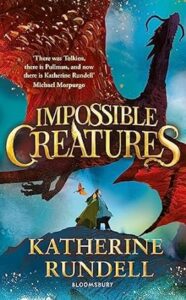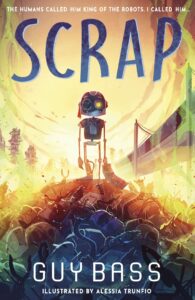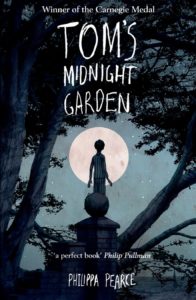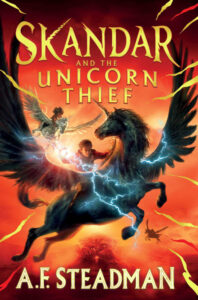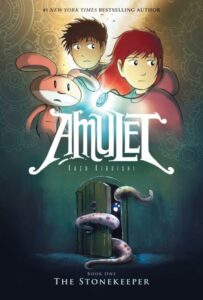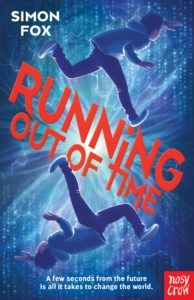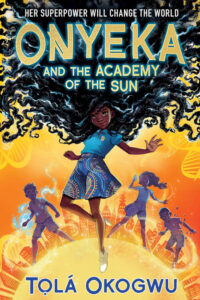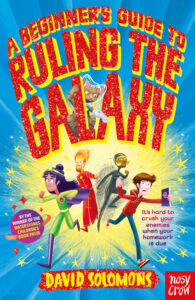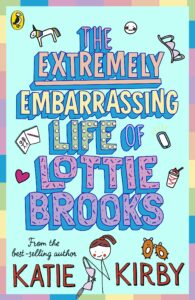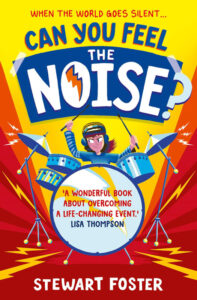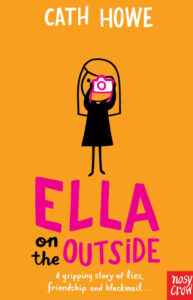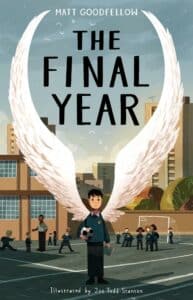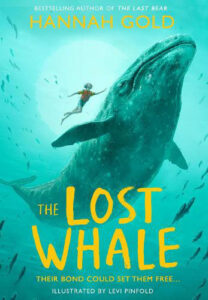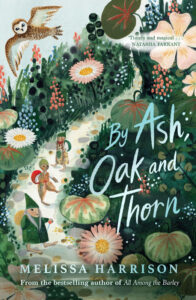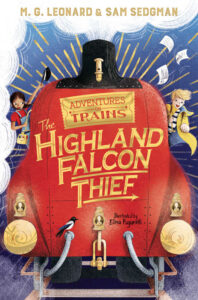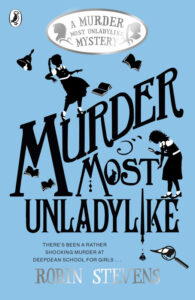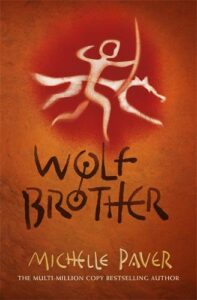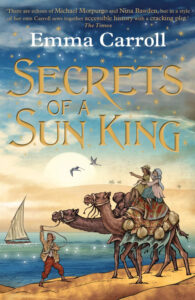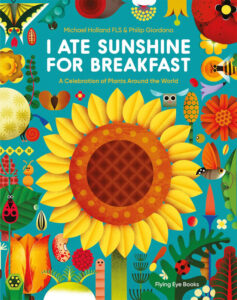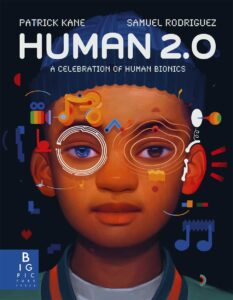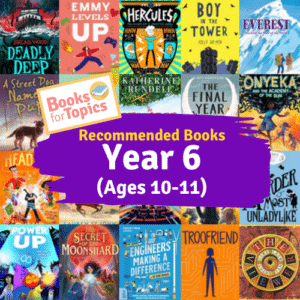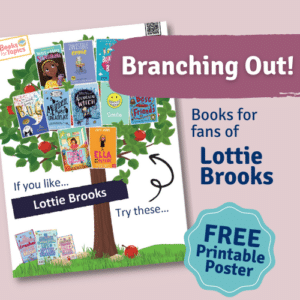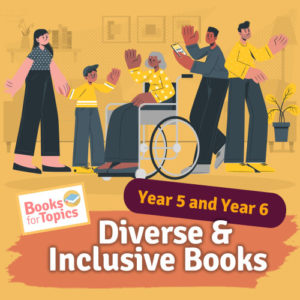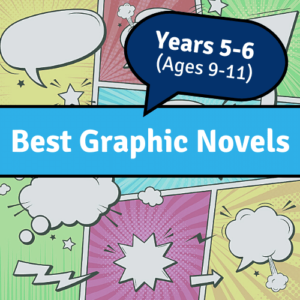Recommended Children’s Books For Children Age 11
Searching for good books for 11-year-olds? Welcome to our curated list of recommended reads for children aged 11, chosen by experts.
This guide to recommended books for eleven-year-olds to read has been put together to help parents, teachers, and anyone on the lookout for riveting reads for tweens. Our reviewed list spans various genres and themes, striking a balance between entertainment and education at the developmental level of children aged 11.
Whether you’re on the hunt for fantasy worlds filled with magical creatures, relatable stories about growing up or transitioning schools, or laugh-out-loud illustrated stories to engage more reluctant readers, our list is designed to help 11-year-olds discover their next read. From popular series like Murder Most Unladylike to action-packed historical adventures like Wolf Brother and giggle-worthy adventures like A Beginner’s Guide to Ruling the Galaxy, our top 20 picks will appeal to a wide range of tastes among 11-year-olds.
For even more extensive book suggestions, you might also like our lists of the 50 Best Books 6 or Transition to Secondary Booklist.









